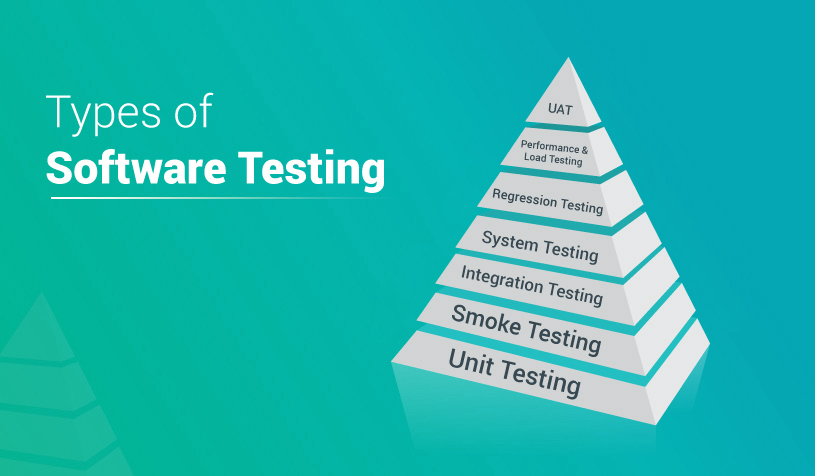Testing Projects

Setting up a plan for application performance testing is not easy. It requires immense insight and a detailed plan of action to avoid last-minute glitches. It should be remembered that performance testing projects should be able to cater to different types of web applications, which may include high-traffic, dynamic, and public-facing websites.
Software testing projects can be stated as the process of verifying and validating that software or application is bug-free, meets the technical requirements as guided by its design and development, and meets the user requirements effectively and efficiently with handling all the exceptional and boundary cases.
The process of software testing aims not only at finding faults in the existing software but also at finding measures to improve the software in terms of efficiency, accuracy, and usability. It mainly aims at measuring the specification, functionality, and performance of a software program or application.
Common types of Software testing –
Box Testing ( Test output of a given input ) White Box Testing ( Test the source code )
Acceptance Testing ( Test what is accepted vs. what actually happens )
Automated Testing ( Recurring standardized tests with scripts )
Regression Testing ( Test to verify that the system still works the way it did before )
Functional Testing ( Test all things related to functionality ),
Exploratory Testing ( Test within certain areas, no specified test cases )
Software testing is more than just checking and looking for bugs and defects. It is a new way to look at software and requires a different state of mind. Our testing approach – Software Testing has a life cycle of its own.
The fundamental software test process for any project will have the following phases-Requirement Analysis, Test Strategy approach, Test Planning, Test Analysis, Test Design, Test Execution, Bug Tracking, Fixing, Acceptance, and Baseline Deployment, Test Closure report.
State of mind guidelines –
Following are a few points on the state of mind needed for software testing-:
Software testing is not a one-time activity.
Software testing is imperative for all products.
A major part of software testing is exploratory and creative in nature.
Software testing is not just about the functionality of the application.
Template to be followed for testing –
- Test plan identifier
- References
- Introduction
- Testing items
- Software risk issue
- Features to be tested
- Features not to be tested
- Approach
- Items pass/fail criteria
- Entry and exit criteria
A business goal: It is important to understand what the client expects from the application and the performance testing efforts. Once that is clear, focus on that area, instead of building a comprehensive testing package for all the sections of the business.
User compliance is a must: Once the first step is achieved, it is important to align performance testing to the behavior of the users. Ensure that test scripts are made according to the user base.
For instance, if an E-commerce website is being tested, scripts have to be aligned to buyers, random browsers, and window shoppers. This will not only enhance the user base but will also provide a good start to identifying the roles.
Identifying the loopholes and the bottlenecks: Whenever an issue crops up, it is always better to start with individual components rather than focusing on the whole module.
Rely on your experiences: Set up a team with your experience as the background, and not just the skill set. And when it comes to practical experiences, it is always better to conduct testing under the same conditions and see if the problems persist. This observation will help you in setting up your own filtering system for performance issues.
Ensure that the Application Performance Management tools are ready to use: Ensure that you have the advanced versions of the performance monitoring tools. These are essential to help monitor application performance and server health.
Scripts and Inventories should be in place: It is the foremost requirement for any business entity to plan an application performance testing. If there is a business goal, an application inventory, and conversion targets, everything has to be scripted.
Plan a storyboard for all your tests so that you can refer back to them whenever necessary. Applications tend to change a lot during development cycles and tests should be done when they are stabilized. A storyboard helps in planning the action required for the desired testing.
All the lessons learned during each project should be shared with the development team so that common mistakes are not repeated and should be followed as an important part of project management.
